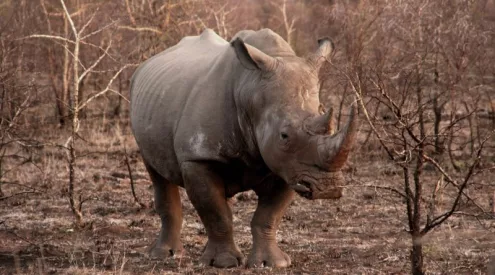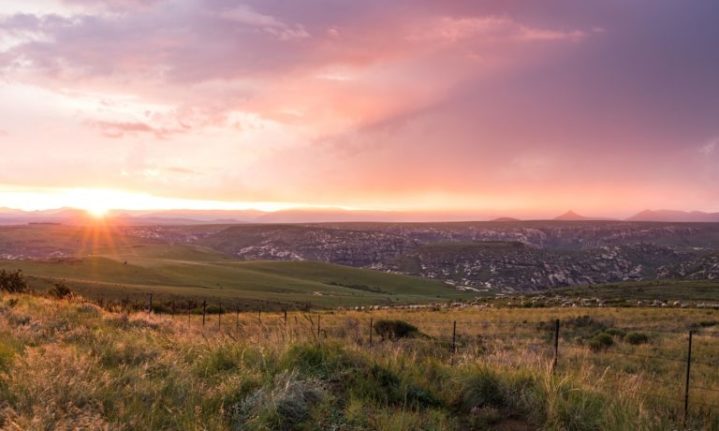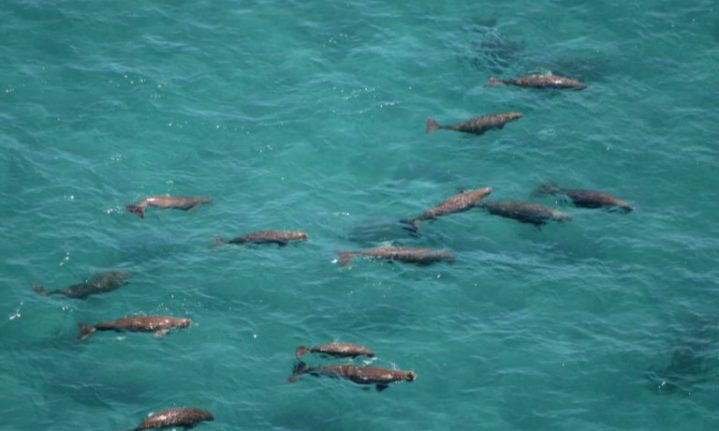2021 may not be remembered as humanity’s finest hour. The world’s leading scientists released a damning report of the state of the environment, and world leaders still couldn’t manage to agree on a solution. But, 2021 wasn’t all doom and gloom, and there were some positive events that transpired.
Here’s a list of five monumental wins for nature that happened last year.
1. South Africa is getting a new national park
In September of 2021, SANParks announced that it was going to launch a new national park in the Eastern Cape named the NE Cape Grasslands National Park. It will be situated close to the Lesotho border and the spectacular Naude’s Nek pass, South Africa’s highest lying road.
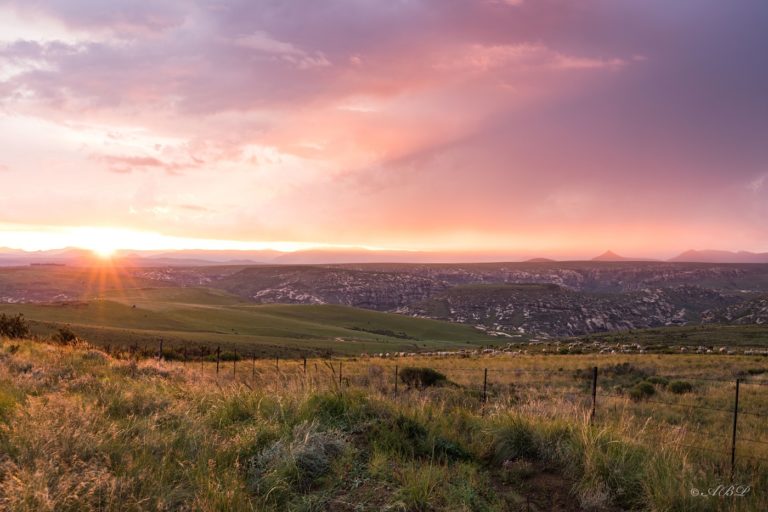
Picture: SANParks
This park will be launched with the World Wildlife Fund (WWF) and will see a 30 000 ha area become a dedicated conservation area.
This will ensure the preservation of an area rich in endemic species and formally protect South Africa’s grasslands which have been identified as a national conservation priority.
2. Activists win a court case against Shell’s seismic exploration
There was a mass public outcry when news broke on 4 November that Shell had been granted exploration rights along South Africa’s beloved Wild Coast.

The successful court interdict to halt Shell’s seismic exploration was not only a victory for the environment, but civil society as well. Picture: Getaway Gallery
It did not take long for the public to mobilise, where from the moment Shell’s exploration vessel arrived, protestors were there to provide an unfriendly welcome.
Shell went on with its surveys as community organisations and NGO’s worked on a court interdict to halt Shell’s seismic operations, when on 28 December, the Makhanda high court halted all further exploration along the wild coast, as Shell was unable to prove that it would not harm marine life and the local fishing communities.
Amazon Warrior’s departure was a much-needed win for environmental activism, which demonstrated that despite legislative approval for activities that pose a threat to the environment, civil society can still take a stance.
3. Climate takes centre stage in the media
When the IPCC published their scathing report as a ‘code red for humanity’ as climate change is rapidly intensifying, and certain trends have now become irreversible.

Picture: Unsplash
Even though this report was anything but comforting, all eyes were on Glasgow for COP26 as the 26th instalment became the most covered in the conference’s history.
Even though the end results of COP26 were disappointing, it did inform and sensitize thousands more about the damaging effects of climate change as wildfires and floods filled the media.
4. Wildlife reintroductions abound
Parts of the world saw wildlife introductions for the first time in decades. Malawi seems to have been the conservation success story of 2021, where not only did it spot two species feared extinct; the Chapman’s pygmy chameleon and spotted ground thrush after years of no sightings, but it successfully reintroduced African wild dogs for the first time in decades.
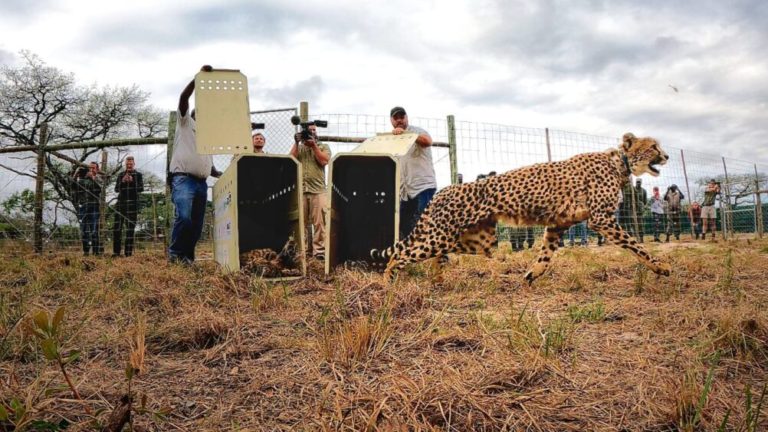
A cheetah is released in the Maputo Special Reserve. Picture: African Parks
Elsewhere, Maputo Special Reserve in Mozambique welcome cheetahs back after a 60-year absence and Rwanda was the recipient of the largest rhino translocation ever!
Beyond the continent, India’s government published an action plan for the reintroduction of cheetahs, where it hopes to reintroduce 50 cheetahs into the heart of India after they went regionally extinct in the 1950s.
5. Marine mammals making a comeback
Even though the news of the high cape fur seal mortality may cloud some of the good news, humpback whales and dugongs recorded record numbers this year.
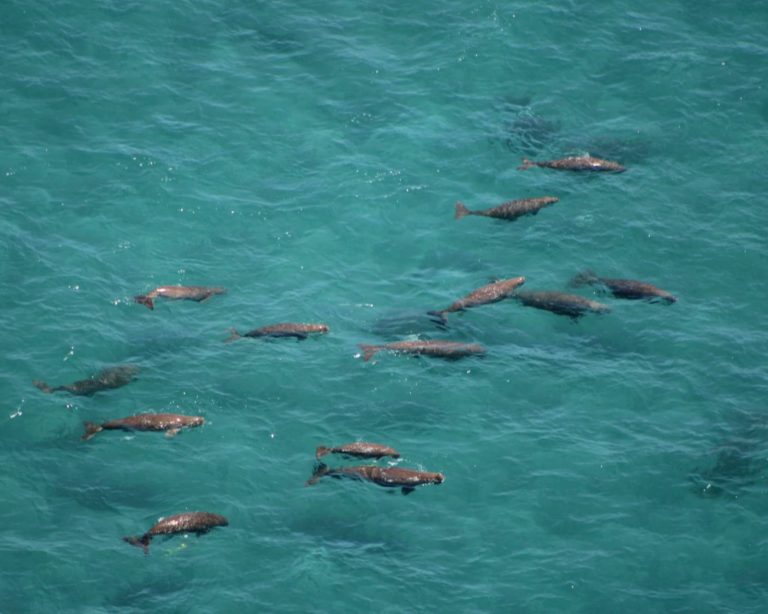
One of the largest sightings of Dugongs since the 1990s. Picture: African Parks
Bazaruto Archipelago National Park in Mozambique has recently documented the largest herd of dugongs seen along the East African coast since the 1990s, which was estimated to tally 50 individuals with multiple calves.
Humpback whales also made a comeback as the population seems to be thriving and sightings of supergroups (groups between 20 and 200) were reported along the West Coast, indicating a welcomed growth in numbers.
MORE GOOD NEWS
How otters are playing their part in fighting climate change







